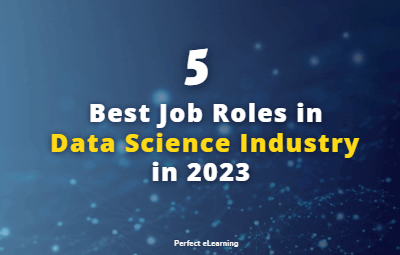

Every four minutes, one woman is diagnosed with breast cancer in our country. Ever wondered why? Apart from the disease itself, what are the other factors that are contributing towards the rise of Breast cancer? A recent research found out that in Indian women, breast cancer accounts for 14% of all cancers. The highest rate of cancer in India is listed in Kerala State. Mizoram, Haryana, Delhi and Karnataka are other states with high rates of cancer in India. Mizoram, followed by Kerala and Haryana, accounts for the highest cancer death rate in the entire world.
And you will be shocked to know that men too are a risk of developing breast cancer even though the fatality rate is lower than women. So why have the numbers increased and are still increasing for breast cancer patients and survivors?
Is it the low early detection rate? Or the lack of awareness amongst people? Or the denial that a person goes through in the beginning?
Lack of awareness is one of the most influencing factors in late detection. Both public and private bodies have tried but have not succeeded in spreading awareness and in depth knowledge about breast cancer that can help women in our country to fight this monster; or what should be the next steps; or where should they seek advice and treatment. Late detection of cancer not only increases the severity but it also reduces the survival rate in cancer patients as higher the stage, lower is the chances of survival. And in our country more than 50 percent of Indian women suffer from breast cancer in stages 3 and 4 as per one report.
One of the ways that we can increase the early detection rate is by encouraging women to give self examinations. The official guidelines given by designated authorities/bodies state that women under risk i.e who have obesity problem or who have early age of menarche or who are more than 30 years or who have family history of breast cancer or women who work and are exposed to radiations should get themselves monthly self-examination if they are below 20 years of age. And for women who are between 20 to 25 years, should go for clinical examination at least once in a year and if they are above 25 years then an annual MRI is preferred.
And to put an end to this problem not only our doctors or scientists but also technology is playing a huge role in medical advancements. In the past two decades technology has made the precaution, detection and treatment of numerous diseases possible. The best and the easiest examples right now are the tracking app such as for Blood pressure, Hydration, physical activities, sugar levels, blood oxygen levels or even heart rate. These apps not only keep a check on your numbers for you also suggest precautions that you can take and recommends you your next steps. Amongst such ground breaking applications , one is Breast CancerPrediction using various Machine Learning Algorithms, which is specifically designed to detect breast cancer at a relatively early age. Designed and coded by our Perfect Plan B students, SK Faizan and Balwant Tanwar, this app not only provides a permanent solution to late cancer detection but it keeps a thorough record and track their breasts health and detect abnormalities that could result in breast cancer. With the intention of helping women overcome this problem and make life easier for them, P2B students Faizan and Balwant have developed the app using one of the most demanding programming language of today – python.
Now you may ask how do we do it? How does the application identify breast cancer using machine learning (Logistic Regression)?
So, predicting if the cancer diagnosis is benign or malignant is based on several observations or features. For this particular application, we use 30 features. Some of them are as follows-
1. Radius (mean of distances from centre to points on the perimeter)
2. Texture (standard deviation of gray-scale values)
3. Perimeter
4. Area
5. Smoothness (local variation in radius lengths)
6. Compactness (perimeter^2 / area - 1.0)
7. Concavity (severity of concave portions of the contour)
8. Concave points (number of concave portions of the contour)
9. Symmetry
10. Fractal dimension ("coastline approximation" - 1)
The target classes for us are –
1. Malignant which means it can grow and spread to other parts of the body and
2. Benign which means that the cancer will not spread to the neighbouring organs.
The datasets of the same are linearly separated using all 30 input features
• Number of Instances: 569
• Class Distribution - 212 Malignant, 357 Benign
Check out this app developed by our students and share your views on it. Don’t forget to give us a thumbs up!
Perfect eLearning offers basic & advanced coding tutorials for people who want to learn how to code.
Topics:
1. Introducing the best basic coding courses online.
2. The benefits of taking coding courses online.
3. The top three coding courses online that you should check out.
4. How to get started with coding courses online.
5. The best way to learn to code online.
6. The future of coding courses online.
7. Introducing the basics of coding
8. The benefits of learning to code
9. Types of coding tutorials available
10. How to get started with coding
If you're looking to learn to code, there are a variety of ways you can go about it. But, if you're looking for the easiest and most efficient way to learn, then these 5 steps are the way to go:
1. Choose the right language.
2. Use coding boot camps.
3. Use online coding communities.
4. Use online coding tutorials.
5. Use online coding examples.
For more details, you can talk to our experts.
Perfect eLearning
Learn & Grow!


